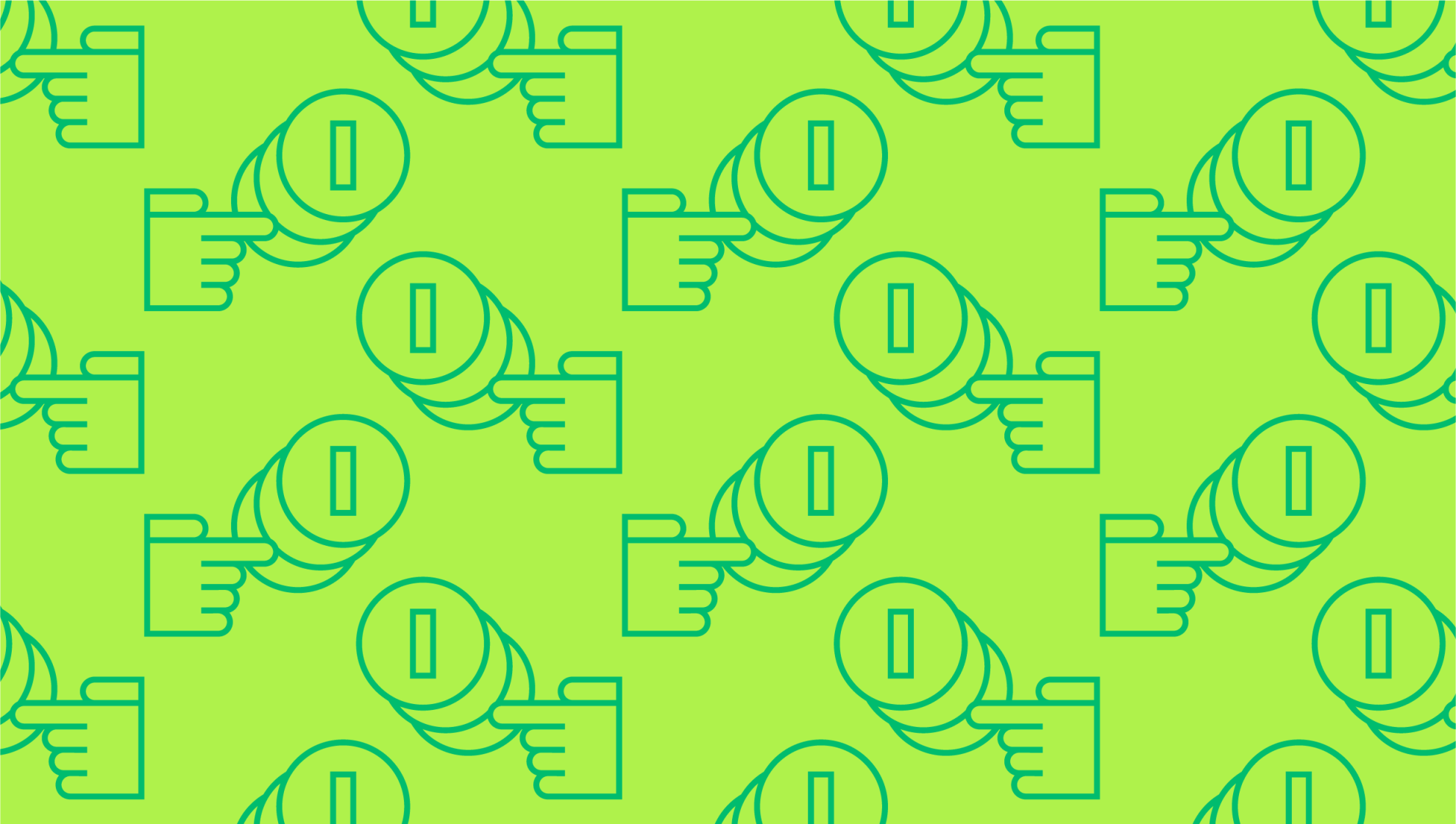Last editedDec 20212 min read
Pricing. It’s a bone of contention for many nascent SMEs and freelancers alike. Invariably, the temptation is to go in low, undercutting your competitors on pricing. You may assume that this will help you to curry favour with a fickle clientele. But in truth, this is a deeply flawed strategy that could seriously hobble your growth. Your anaemic profit margins will leave you with less capital to invest in your business, and you’ll be unable to grow or deliver the kind of excellence on which you can build your brand.
Instead of trying to establish yourself as the cheapest game in town, you need to understand your customers’ willingness to pay. Once you have researched this, you can make better-informed decisions when establishing your pricing structure.
What is willingness to pay?
Willingness to pay (WTP) is fairly self-explanatory. It refers to the maximum figure that a customer is willing to pay for the products or services that you offer. It can be expressed as a monetary figure, or as a price range.
Ascertaining your customers’ willingness to pay allows you to find the perfect sweet spot for your prices. So you can enjoy healthy profit margins while still delivering value for money and improving customer loyalty.
What is willingness to accept?
If willingness to pay is the maximum a customer is prepared to pay for your products and services, willingness to accept is the minimum that you can afford to sell for. Defining your willingness to accept can help you to calculate prices for loss-leaders like special sales, promotions and bundles.
How to calculate willingness to pay
WTP can vary a great deal from one customer to another. Individual figures or ranges are typically aggregated to get a price range that accurately reflects your clientele’s willingness to pay.
There are a number of methods you could use to conduct this type of market research including surveys, focus groups, or simply tinkering with your prices and measuring the impact on sales volumes. The latter method can, of course, be risky. Unless you already have a loyal customer base, you may be better off surveying customers.
Factors that affect willingness to pay
Understandably, some SMEs may feel uneasy about asking their customers how much they’re prepared to pay directly. Fortunately, there are a number of extrinsic factors that will determine a customer’s willingness to pay.
Willingness to pay is not a fixed point. It can vary over time, depending on a range of factors. Getting to know the factors that affect willingness to pay can ensure that your pricing structure stays agile so that you offer great value for money, whatever the circumstances.
Potential factors include:
Seasonality and consumer trends — When a product is especially desirable, this will drive demand higher. So when a product is in-season or fashionable you can expect WTP to increase.
Economics — The overall state of the economy is also a driving factor. Times of high unemployment or a devaluation of living wages might decrease customers’ WTP.
Quality of product — A product that is of high quality and ethically or sustainably produced is of greater value to the customer. As such, their WTP will increase.
Scarcity — If a customer cannot get the exact same product elsewhere, this will also increase their WTP.
Competitor’s prices — Finally, a customer’s WTP may rise or fall depending on what your competitors are charging.
We can help
If you’re interested in finding out more about willingness to pay, pricing, or any other aspect of your business finances then get in touch with our financial experts. Discover how GoCardless can help you with ad hoc payments or recurring payments.


